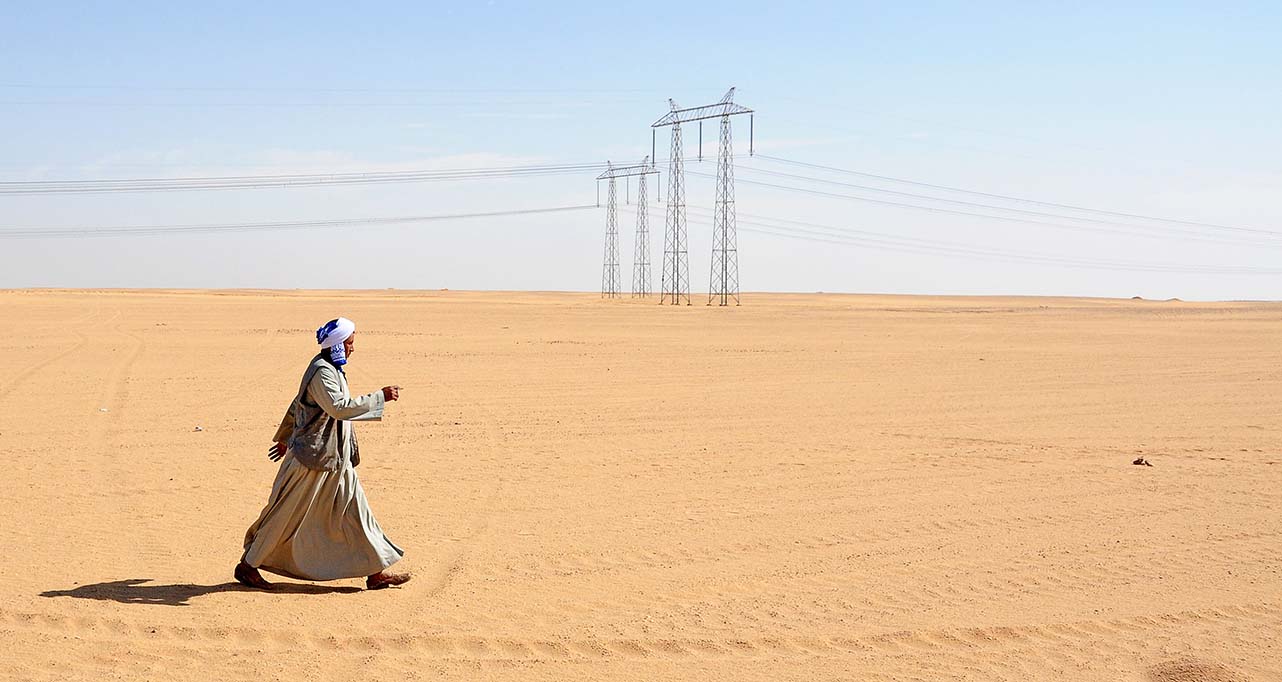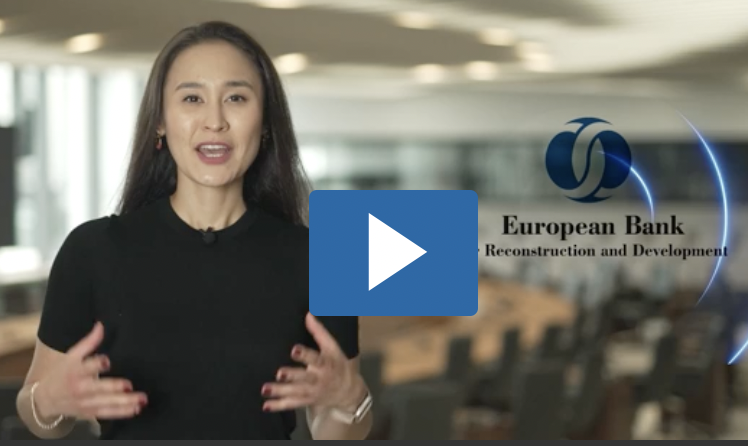Publication
Transition Report
Reform progress and transition indicators
Who we are
Overview: about the EBRDWho we are
Overview: about the EBRD
Learn about the EBRD's journey to investing more than €210 billion in over 7,500 projects.
What we do
Overview: how the EBRD operatesWhat we do
Overview: how the EBRD operates
Through projects, business services and involvement in high-level policy reform, we're doing more than ever before.
Work with us
Overview: how you can work with the EBRDWork with us
Overview: how you can work with the EBRD
We draw on three decades of regional knowledge and financial expertise to tailor our products and approaches to each client's needs.
October, 2016

By Maria Balgova, Michel Nies and Alexander Plekhanov
Non-performing loans (NPLs) are a burden for both lender and borrower; they contract credit supply, distort allocation of credit, worsen market confidence and slow economic growth. So what is the best way to deal with them? This paper compares three different scenarios: actively reducing NPLs, waiting until fast growth of new loans renders the NPL problem obsolete, or doing nothing. We find that reducing NPLs has an unambiguously positive medium-term impact on the economy. And while countries that experience an influx of fresh credit grow the fastest, the economies that actively seek to resolve NPLs do comparably well. When the NPL problem is ignored, economic performance suffers.
For media enquiries related to this working paper, please contact Ksenia Yakustidi, Media Adviser at the EBRD’s Office of the Chief Economist
YakustiK@ebrd.com
All Working Papers
The Working Paper series seeks to stimulate debate on transition in the EBRD regions.
